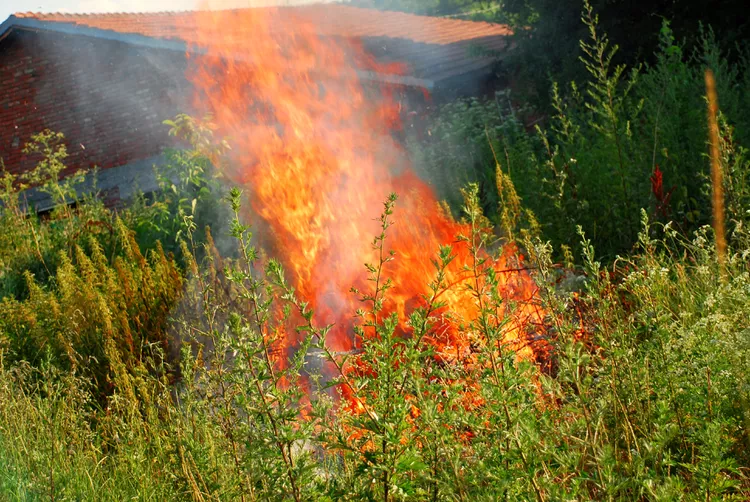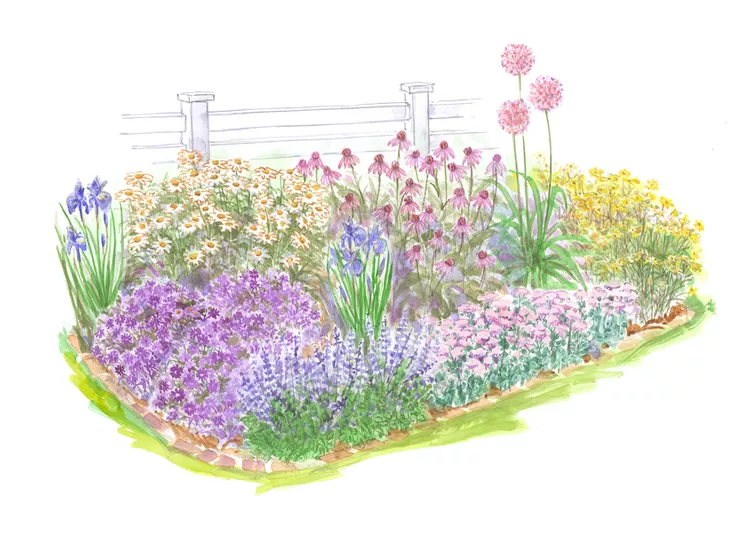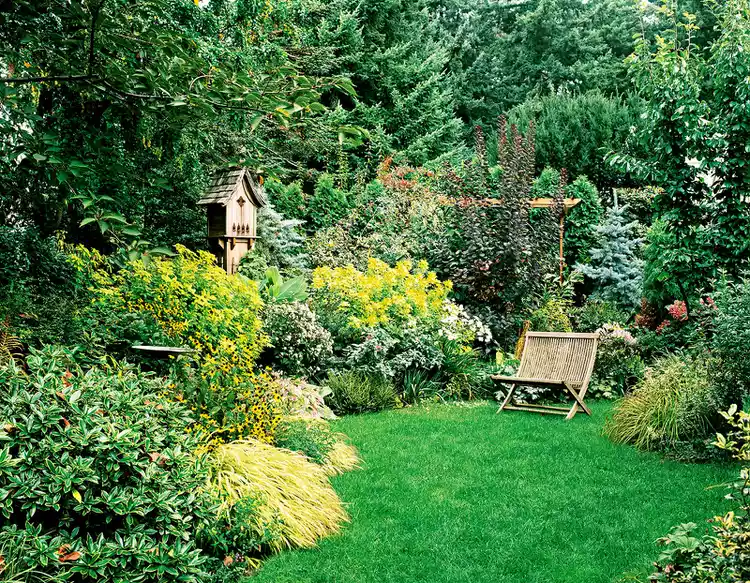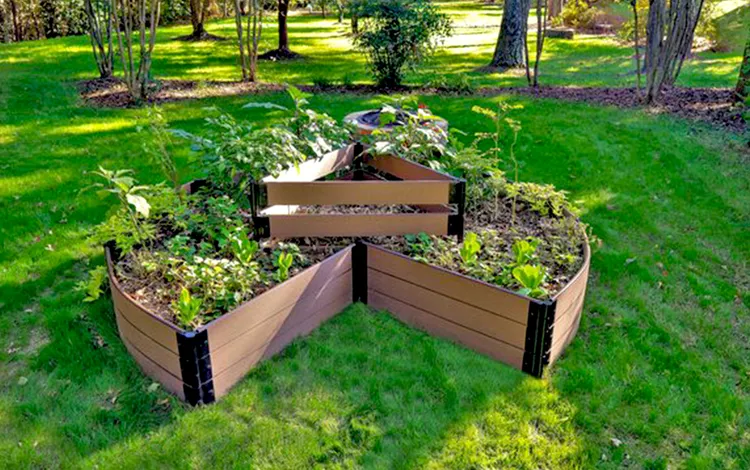Embarking on the journey of creating a rock garden is like stepping into a world of natural beauty and tranquility. A well - designed rock garden can transform any outdoor space into a haven of serenity, offering a unique blend of artistry and nature. In this guide, we will explore the essential steps to build a captivating rock garden, from choosing the right style to selecting the perfect rocks and designing the layout.
First and foremost, understanding the different rock garden styles is crucial. There are several popular styles to choose from, each with its own distinct characteristics. The Japanese rock garden, also known as Zen garden, is a minimalist style that emphasizes simplicity and tranquility. It typically features carefully arranged rocks, gravel, and a few sparse plants, creating a meditative and peaceful atmosphere. The Alpine rock garden, on the other hand, is inspired by the mountainous regions and showcases a variety of small, hardy plants that thrive in rocky terrain. This style often includes a mix of rocks of different sizes and shapes, mimicking the natural landscape of the mountains.
Another style to consider is the Mediterranean rock garden, which is characterized by its use of drought - tolerant plants and warm - toned rocks. This style is perfect for areas with a hot and dry climate, as it requires less water and maintenance. The Desert rock garden is similar, featuring cacti and succulents along with large, weathered rocks, creating a striking and exotic look.
Once you have decided on the style of your rock garden, the next step is to choose the best types of rocks. The choice of rocks can greatly impact the overall look and feel of your garden. Granite is a popular choice due to its durability and natural beauty. It comes in a variety of colors, from light gray to pink and black, and can add a touch of elegance to your rock garden. Limestone is another option, known for its porous nature, which allows plants to grow in its crevices. It has a soft, earthy tone that blends well with most plantings.
Basalt is a dense and dark - colored rock that can create a dramatic contrast in your garden. It is often used in modern and contemporary rock garden designs. Sandstone, with its warm and inviting colors, is also a great choice. It weathers well over time, developing a unique patina that adds character to the garden. When selecting rocks, look for ones that have interesting shapes, textures, and colors, and try to choose a variety to create a more dynamic and visually appealing display.
Designing your rock garden is where your creativity truly comes into play. Start by choosing a location that receives the right amount of sunlight for the plants you plan to use. Most rock garden plants prefer full sun, but some may tolerate partial shade. Clear the area of any grass, weeds, or debris, and dig a shallow trench around the perimeter to define the boundaries of your garden.
Begin by placing the largest rocks first, using them as the foundation of your design. Arrange them in a natural - looking way, as if they have been there for centuries. You can create groupings of rocks, with larger ones at the back and smaller ones in the front to give the illusion of depth. Leave some space between the rocks for planting and to allow for natural growth.
Next, add the smaller rocks and pebbles to fill in the gaps and create a more cohesive look. You can also use them to create paths or borders within the garden. When it comes to planting, choose a variety of plants that are suitable for your chosen style and climate. Alpine plants, such as saxifrages and sedums, are great for adding color and texture to an Alpine rock garden. For a Mediterranean rock garden, consider using lavender, rosemary, and thyme.
Finally, don't forget to add some finishing touches to your rock garden. You can place a small statue or a decorative element to add a personal touch. Water features, such as a small fountain or a trickling stream, can also enhance the tranquility of the garden. Regular maintenance, including weeding, pruning, and watering, will ensure that your rock garden remains beautiful and healthy for years to come.
In conclusion, building a rock garden is a rewarding experience that allows you to express your creativity and connect with nature. By choosing the right style, selecting the best rocks, and designing a thoughtful layout, you can create a stunning rock garden that will be the envy of your neighbors. So, roll up your sleeves and start creating your own piece of natural paradise today!




















